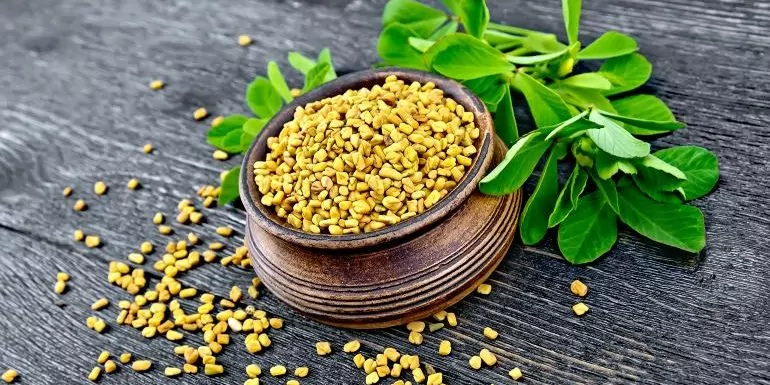The sports nutrition marketplace is on the climb, and it’s not just for the trained athletes anymore. In 2018, trends toward high-calorie-burning exercise among Americans had 4.8 million more people participating when compared to five years prior, according to the Physical Activity Council. People in this category reported doing high-calorie burning activities at least three times a week for a minimum of 20 minutes. And although this still doesn’t meet the recommended rate of daily activity, people are more active than before.
In addition to more exercise, consumers are taking preventative and holistic measures for their health care. The 2018 Council for Responsible Nutrition (CRN) Consumer Survey on Dietary Supplements showed 75 percent of U.S. adults now take supplements, up 10 percent from the year before. And they’re spending more money; Americans spent US$43.2 billion on supplements in 2017, increasing by $8 billion from 2012.
Consumers purchasing supplements also have healthier habits than those of non-supplement users. Adults taking supplements are more likely to exercise, visit a doctor regularly, try to eat a balanced diet, get a good night’s sleep and maintain a healthy weight, and are less likely to use tobacco.
However, with all this growth within the industry and the increase in physically active consumers, the sports nutrition sector grew just 4.4 percent in 2017, a significant drop from 2016, when growth was marked at 5.9 percent, according to Nutrition Business Journal. This could be due to a lack of innovation within the category.
Getting an edge on the competition
Protein products have flooded the muscle-building marketplace for years. In fact, they accounted for more than 80 percent of global sports nutrition sales in 2017, according to Euromonitor International. Despite this, the market for nonprotein options is still relatively small ($2.5 billion in 2017), leaving room for major growth.
Consumers incorporating natural supplementation into their everyday healthcare routines opens a door of possibilities for finished product brands. Specifically, brands may need to promote advancements within the nonprotein sports marketplace.
Take, for example, curcumin. This ingredient is well-known to the consumer for its ability to help manage oxidative stress and inflammation,1 and several studies showed branded curcumin (as Meriva®, from Indena2 and as Theracurmin, from Theravalues Corp.3,4) and commodity curcumin5,6 had the potential to prevent delayed onset muscle soreness (DOMS). DOMS occurs after unaccustomed exercise in both novice and experienced athletes. It is associated with muscle pain, decreased range of motion (ROM), muscle fiber disruption, altered joint kinematics, decreased strength and acute tissue damage, each of which contributes to an impairment in future athletic performance and/or predisposes individuals to injury.
Read The Full Article HERE





